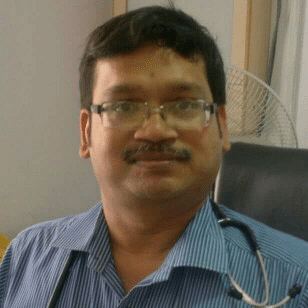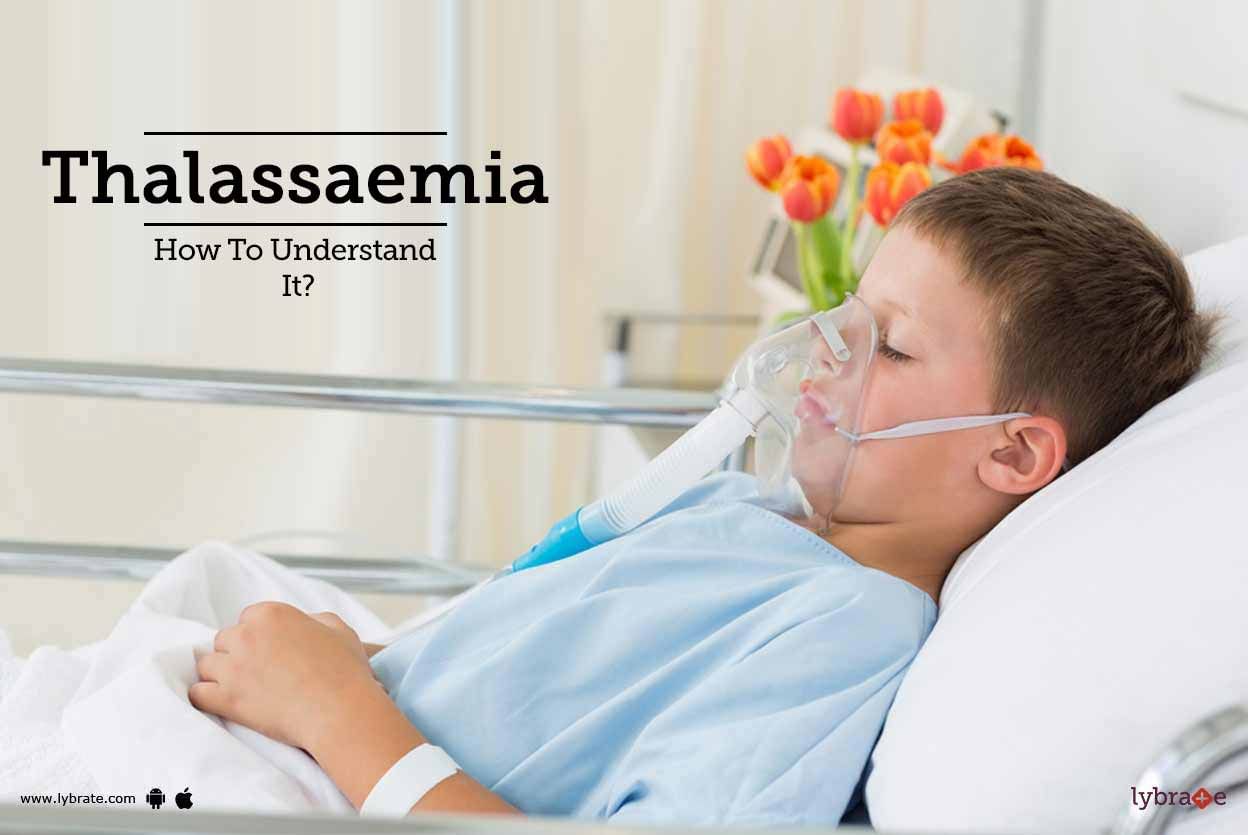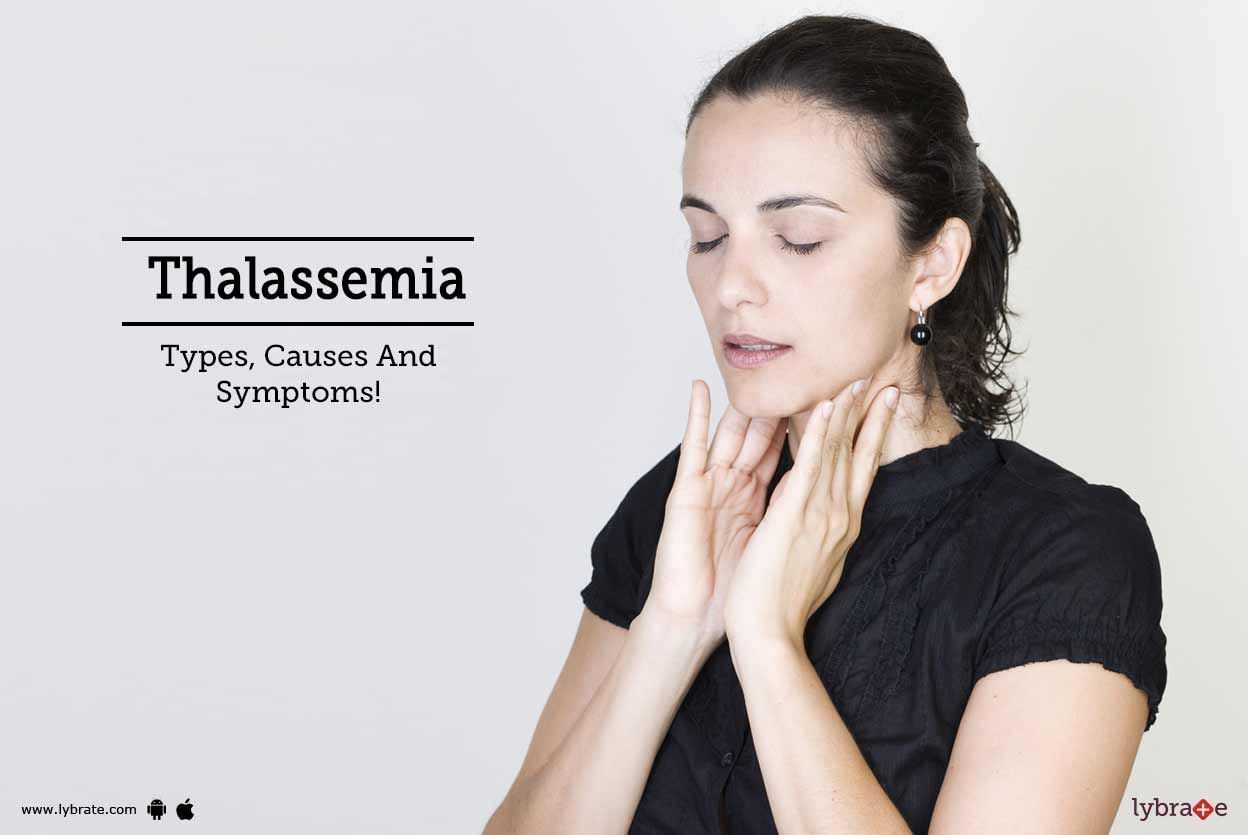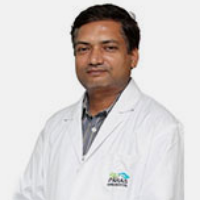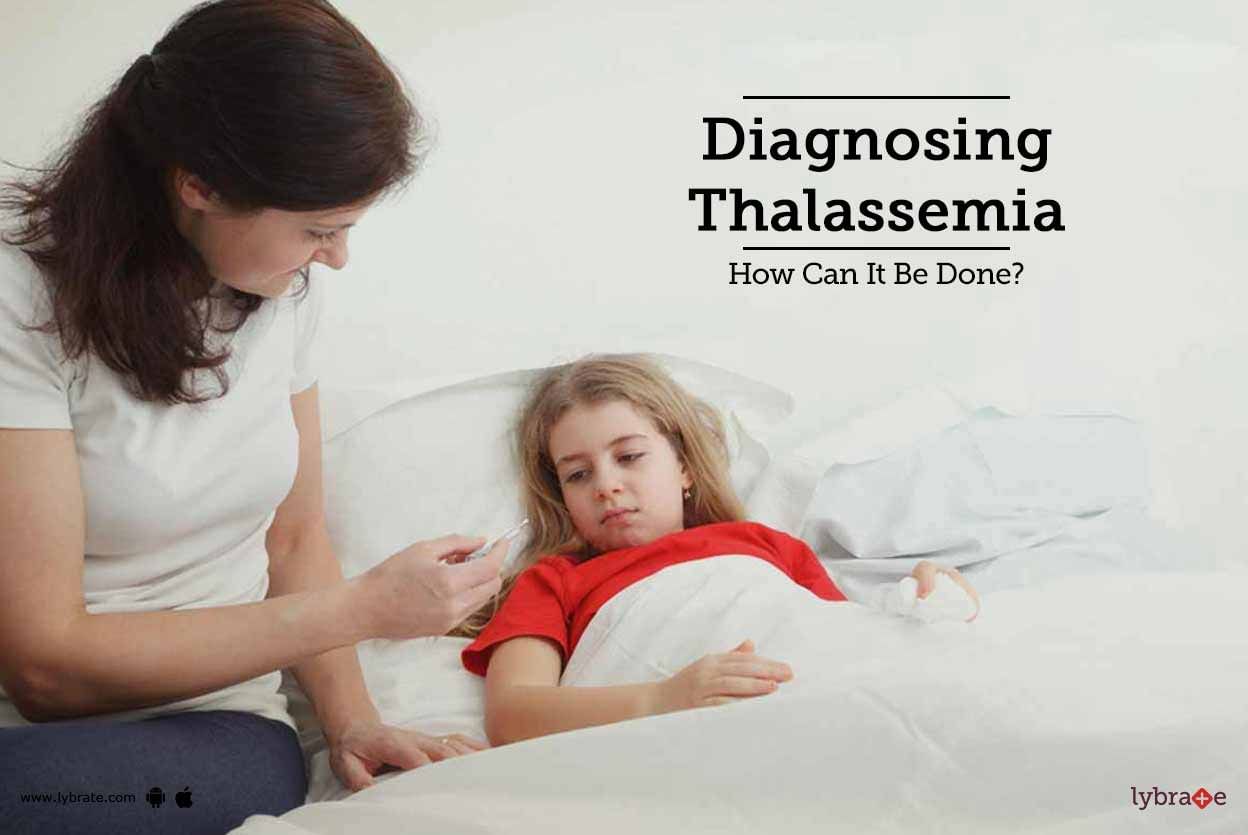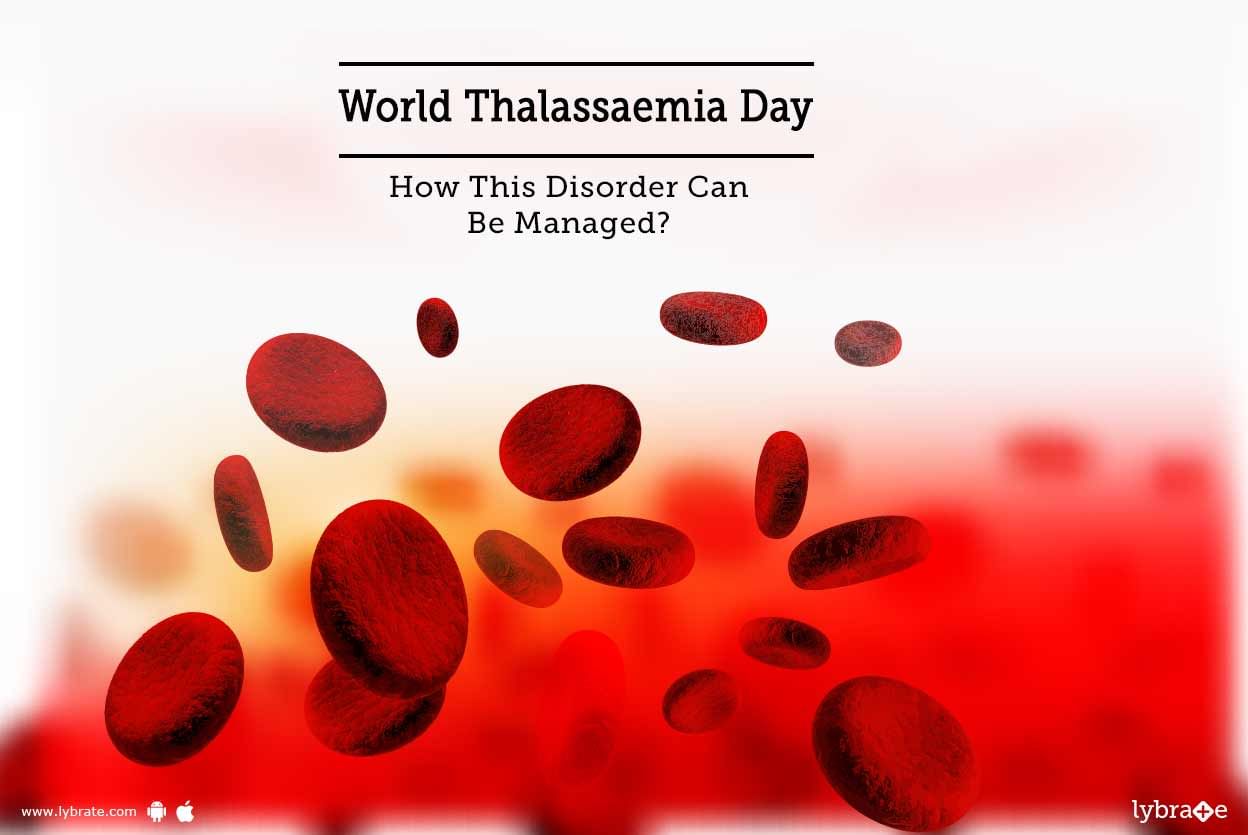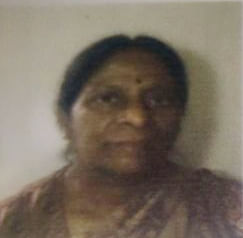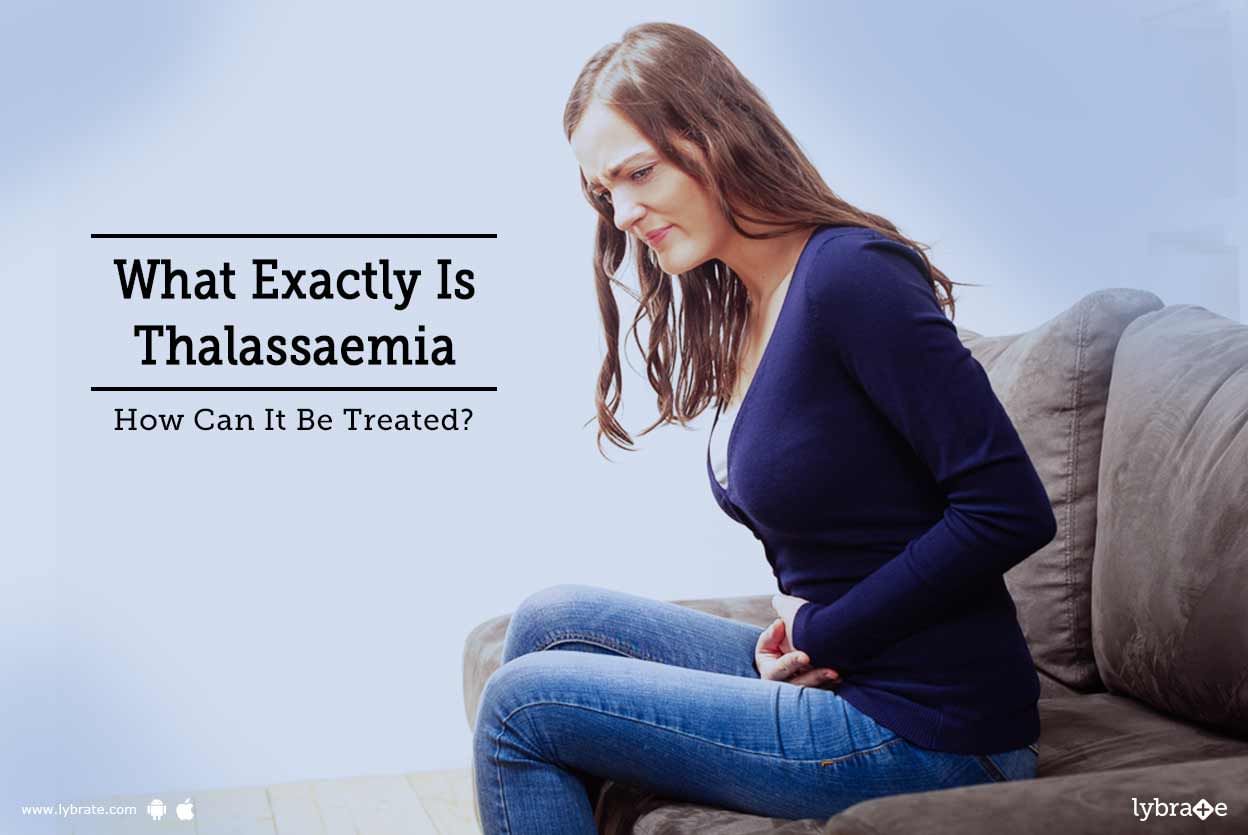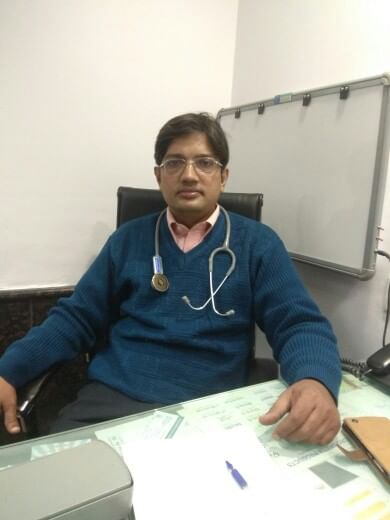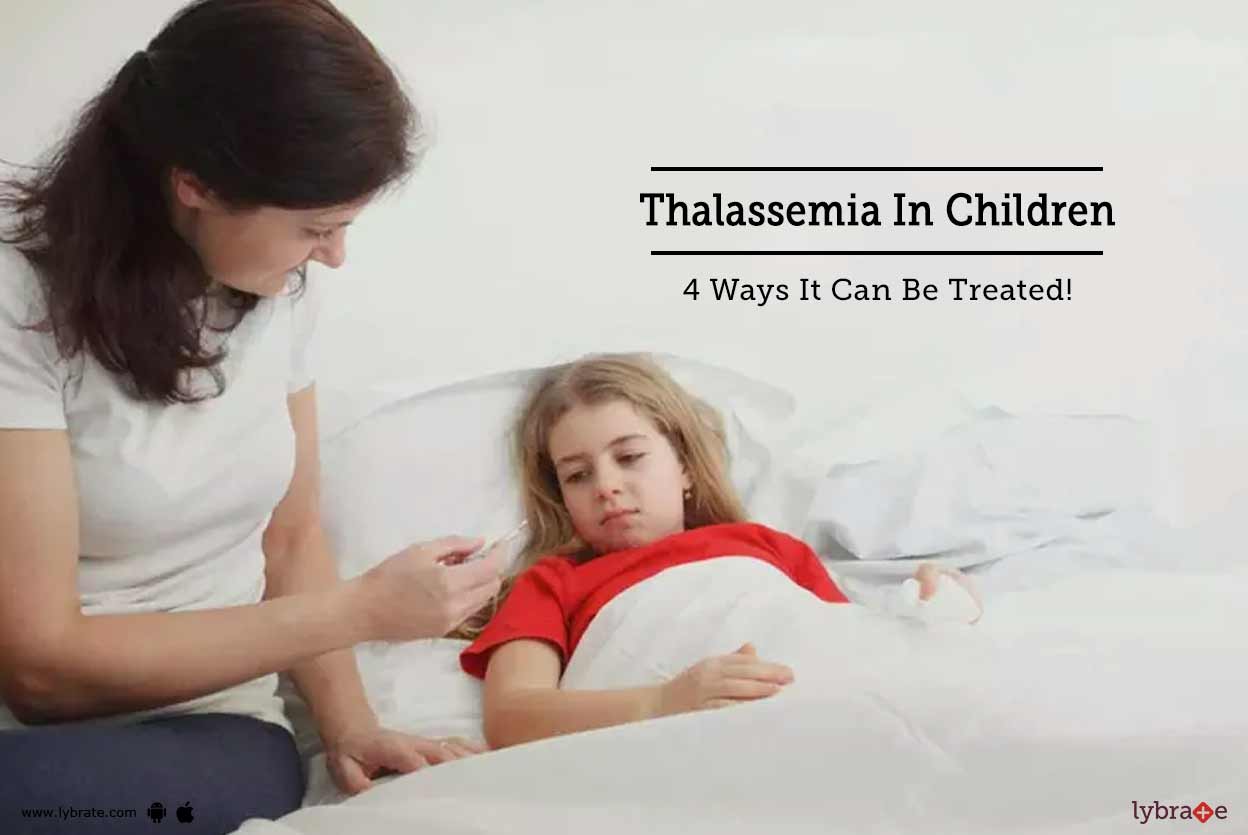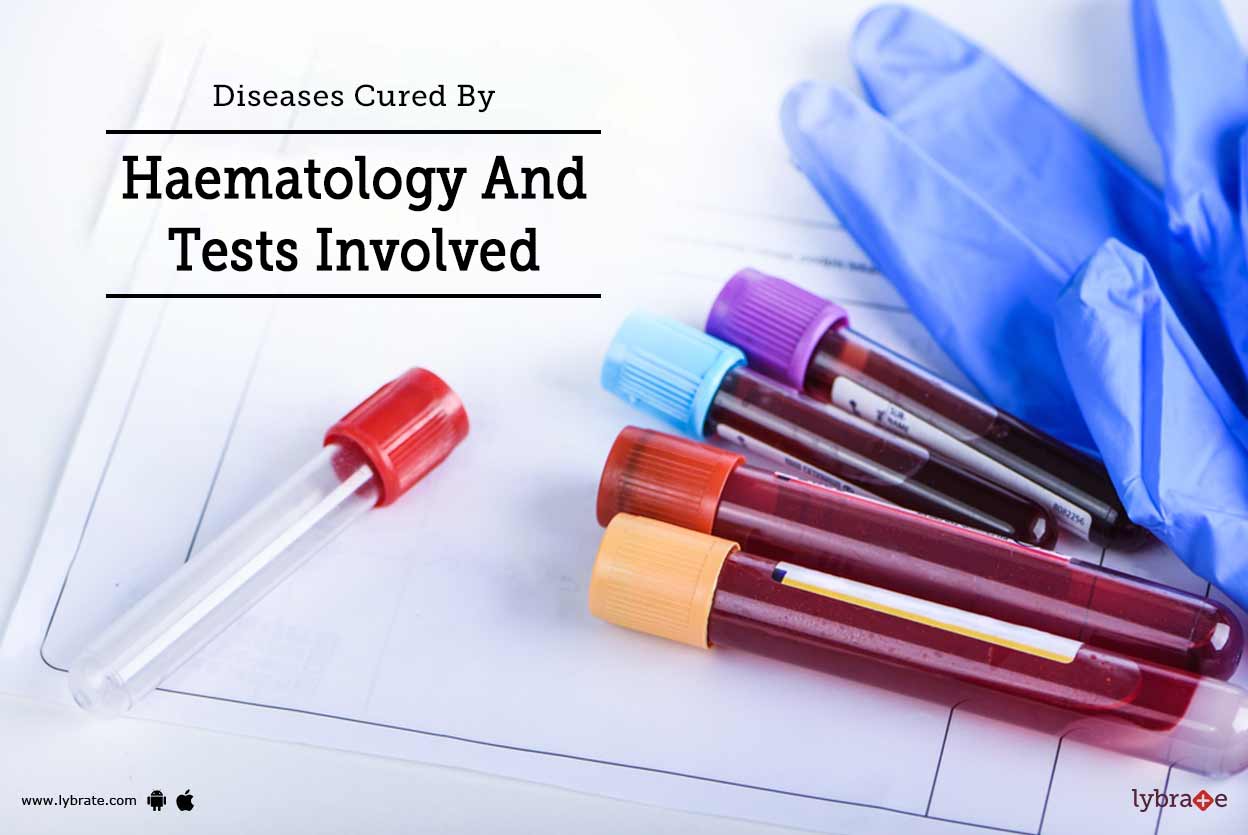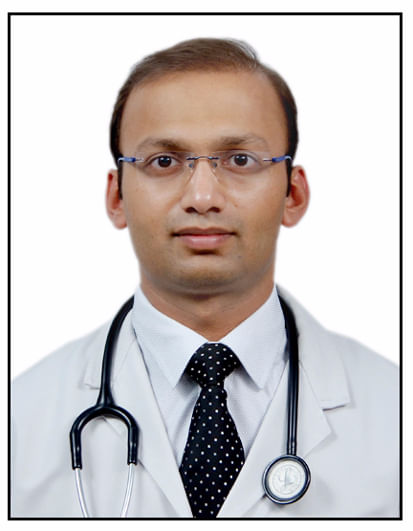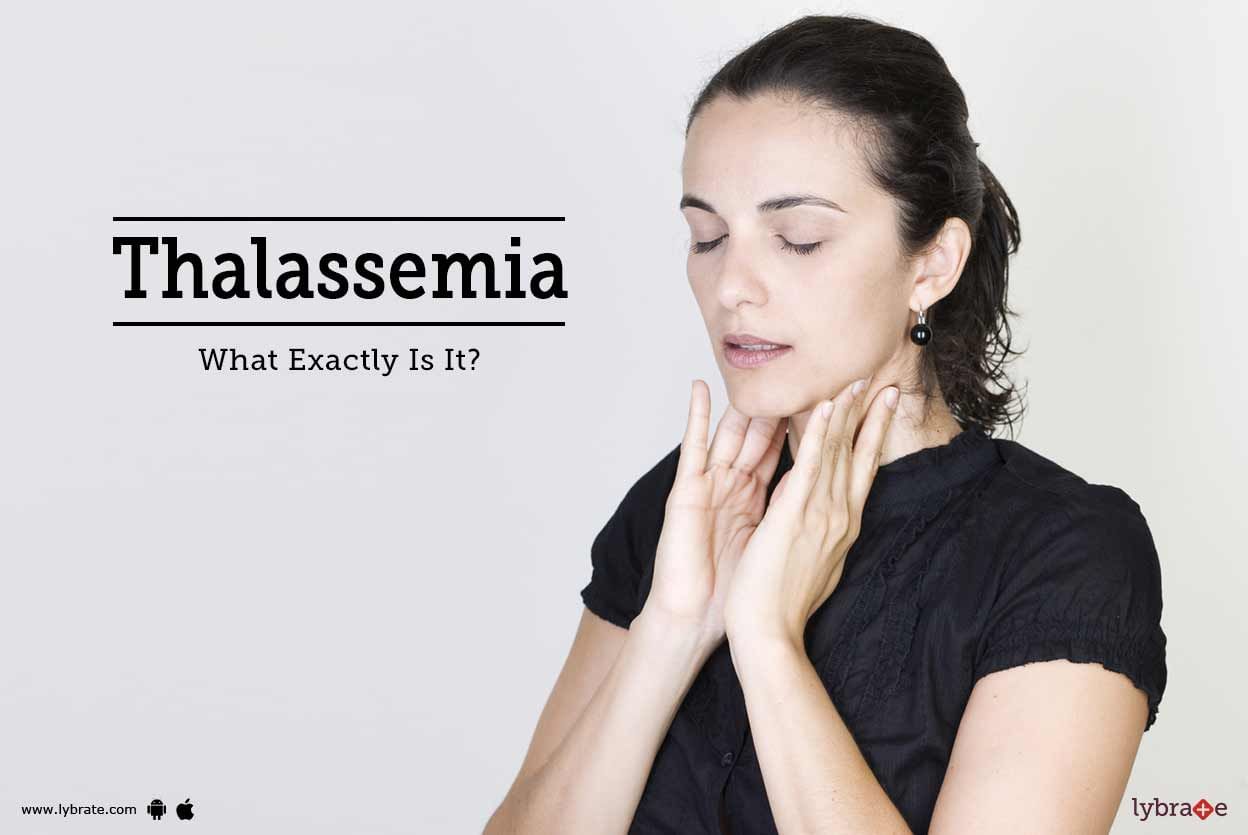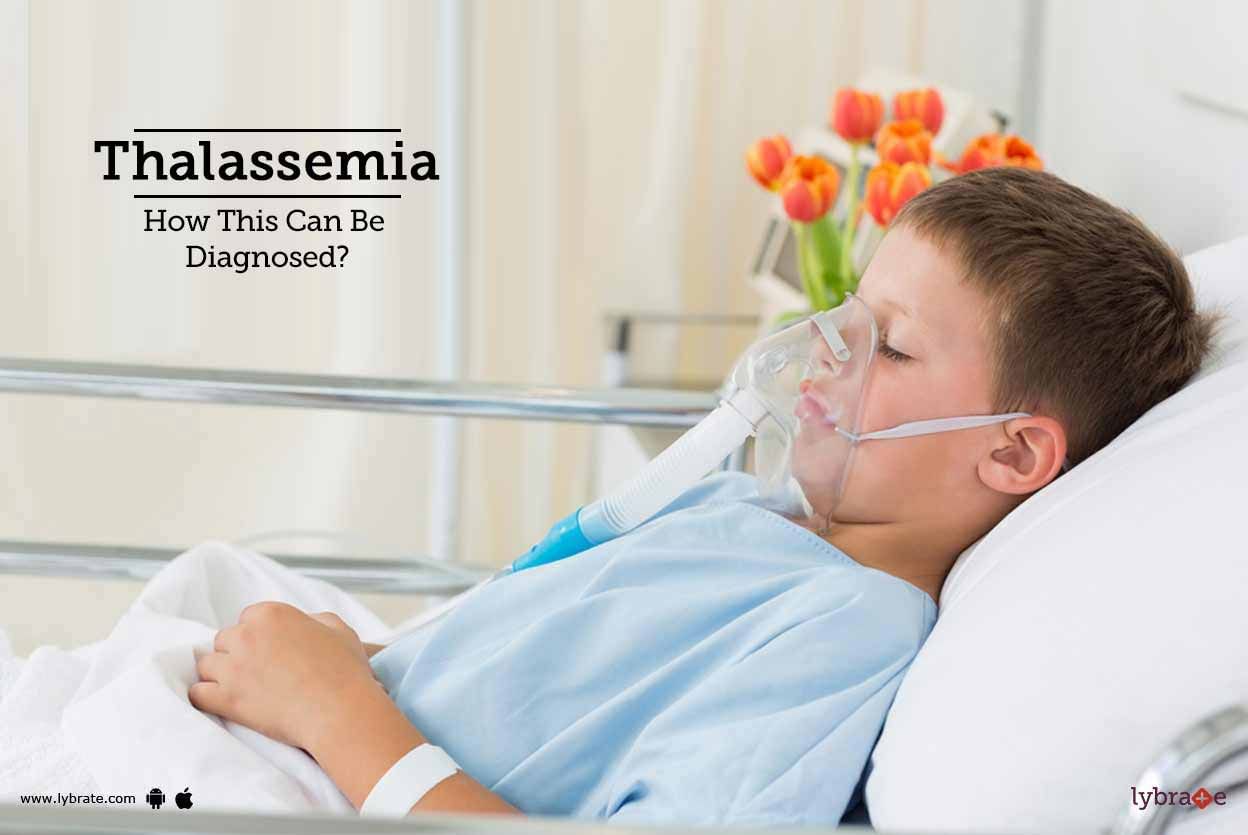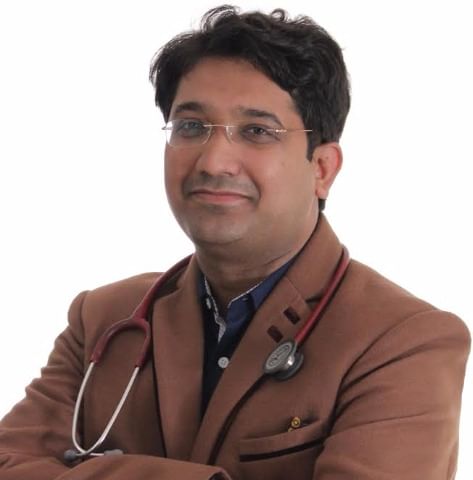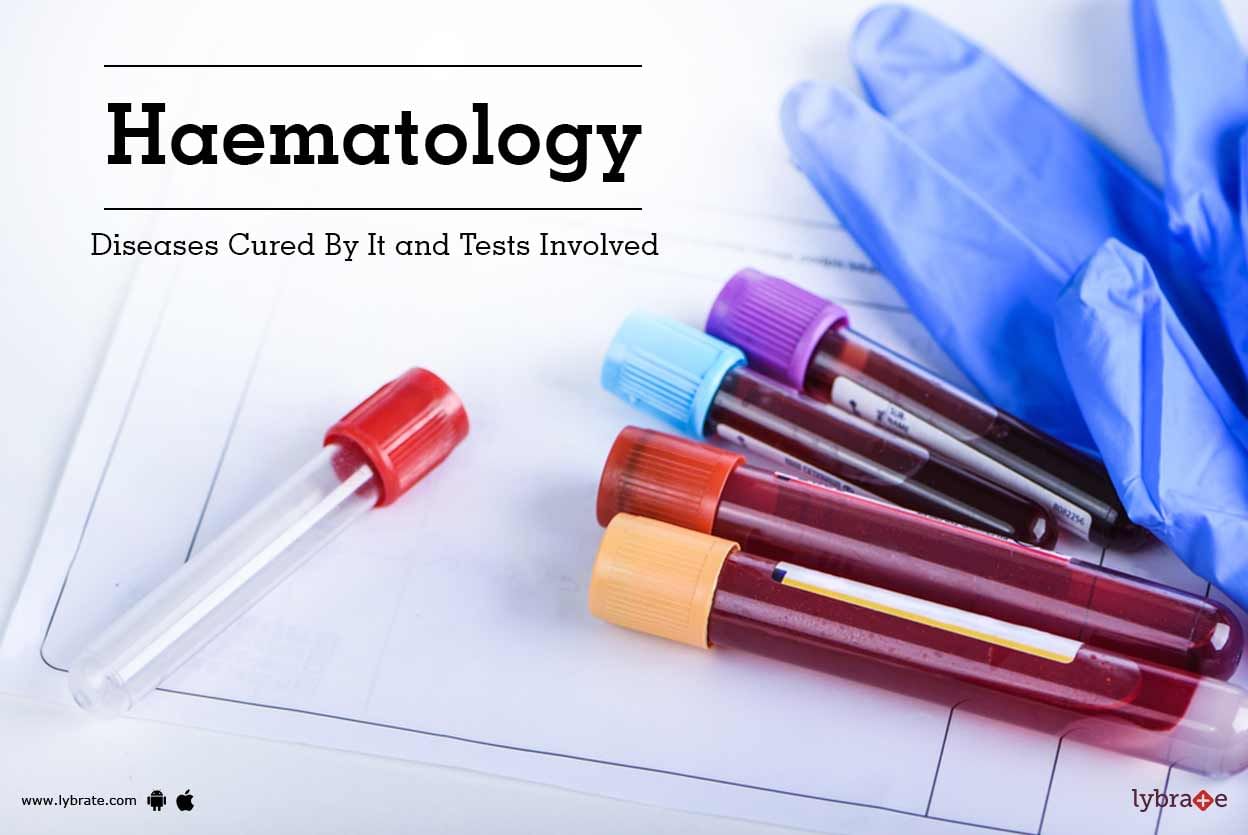Get the App
For Doctors
Login/Sign-up
About
Health Feed
Find Doctors
Health Packages
AllQ&AsTipsQuizzes
Thalassemia Tips
Last Updated: 7 years ago• Featured Tip
Share
Bookmark
Report
Thalassaemia, which is commonly referred to as thal, is a disorder of the blood which is inherited from the previous generation. This condition triggers the production of abnormal red blood cells in the body which in turn paves the way for chronic anaemia. Red blood cells play an indispensable role in carrying oxygen all through the body and hence any abnormality in this regard can result in thalassemia, the symptoms of which include, weakness all over the body, fatigue, faint and shortness of b...more
Last Updated: 7 years ago• Featured Tip
Share
Bookmark
Report
Thalassemia is a genetic (i.e., passed from parents to children through genes) blood disorder. People with Thalassemia disease are not able to make enough hemoglobin, which causes severe anemia. Hemoglobin is found in red blood cells and carries oxygen to all parts of the body. When there is not enough hemoglobin in the red blood cells, oxygen cannot get to all parts of the body. Organs then become starved for oxygen and are unable to function properly.
There are two types of Thalassemi...more
There are two types of Thalassemi...more
Last Updated: 7 years ago• Featured Tip
Share
Bookmark
Report
Thalassemia is a genetic (i.e., passed from parents to children through genes) blood disorder. People with Thalassemia disease are not able to make enough hemoglobin, which causes severe anemia. Hemoglobin is found in red blood cells and carries oxygen to all parts of the body. When there is not enough hemoglobin in the red blood cells, oxygen cannot get to all parts of the body. Organs then become starved for oxygen and are unable to function properly.
There are two types of Thalassemi...more
There are two types of Thalassemi...more
Last Updated: 7 years ago• Featured Tip
Share
Bookmark
Report
Thalassaemia, which is commonly referred to as thal, is a disorder of the blood which is inherited from the previous generation. This condition triggers the production of abnormal red blood cells in the body which in turn paves the way for chronic anaemia. Red blood cells play an indispensable role in carrying oxygen all through the body and hence any abnormality in this regard can result in thalassemia, the symptoms of which include, weakness all over the body, fatigue, faint and shortness of b...more
Last Updated: 7 years ago• Featured Tip
Share
Bookmark
Report
Thalassaemia, which is commonly referred to as thal, is a disorder of the blood which is inherited from the previous generation. This condition triggers the production of abnormal red blood cells in the body which in turn paves the way for chronic anaemia. Red blood cells play an indispensable role in carrying oxygen all through the body and hence any abnormality in this regard can result in thalassemia, the symptoms of which include, weakness all over the body, fatigue, faint and shortness of b...more
Last Updated: 7 years ago• Featured Tip
Share
Bookmark
Report
Thalassemia is a type of a disease, resulting in the abnormal production of hemoglobin in the blood. Hemoglobin stimulates oxygen circulation all over the body. Therefore, a dip in the hemoglobin count can lead to anemia, a disease inducing weakness as well as fatigue. Acute anemia can take a toll on the organs and ultimately cause death.
Severe thalassemia in children yields symptoms, such as dark urine, abdominal swelling, slow growth, jaundice, a pale appearance and deformed skull bo...more
Severe thalassemia in children yields symptoms, such as dark urine, abdominal swelling, slow growth, jaundice, a pale appearance and deformed skull bo...more
Last Updated: 7 years ago• Featured Tip
Share
Bookmark
Report
The study of blood and blood vessels is known as haematology. Doctors or scientists who study blood, in general, are known as haematologists. They are the ones who focus on blood health and blood disorders. The blood is composed of white blood cells (WBCs), red blood cells(RBCs) and platelets. Some of the organs that helps in transporting blood to other parts of the body include the blood vessels, lymph nodes, bone marrow and spleen. Proteins too actively participate in clotting and bleeding.more
Last Updated: 7 years ago• Featured Tip
Share
Bookmark
Report
Thalassemia is a genetically inherited blood disorder in which the body starts producing an abnormal form of hemoglobin. This hemoglobin gets destroyed by natural immunity, and ultimately leads to anemia.
What is the prevalence of Thalassemia?
Beta thalassemia is particularly prevalent among Mediterranean peoples, and due to this geographical association, it is also known as Mediterranean anemia. It is also commonly seen in Greece, Turkey, and Italy. In India, it is more commo...more
What is the prevalence of Thalassemia?
Beta thalassemia is particularly prevalent among Mediterranean peoples, and due to this geographical association, it is also known as Mediterranean anemia. It is also commonly seen in Greece, Turkey, and Italy. In India, it is more commo...more
Last Updated: 7 years ago• Featured Tip
Share
Bookmark
Report
Thalassemia is a genetic (i.e., passed from parents to children through genes) blood disorder. People with Thalassemia disease are not able to make enough hemoglobin, which causes severe anemia. Hemoglobin is found in red blood cells and carries oxygen to all parts of the body. When there is not enough hemoglobin in the red blood cells, oxygen cannot get to all parts of the body. Organs then become starved for oxygen and are unable to function properly.
There are two types of Thalassemi...more
There are two types of Thalassemi...more
Last Updated: 8 years ago• Featured Tip
Share
Bookmark
Report
The study of blood and blood vessels is known as haematology. Doctors or scientists who study blood, in general, are known as haematologists. They are the ones who focus on blood health and blood disorders. The blood is composed of white blood cells (WBCs), red blood cells(RBCs) and platelets. Some of the organs that helps in transporting blood to other parts of the body include the blood vessels, lymph nodes, bone marrow and spleen. Proteins too actively participate in clotting and bleeding.more
Book appointment with top doctors for Thalassemia treatment
View fees, clinic timings and reviews
Ask a free question
Get FREE multiple opinions from Doctors
posted anonymously

